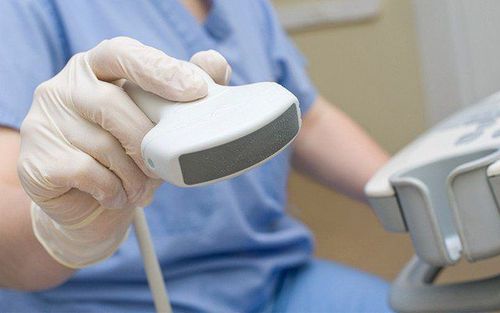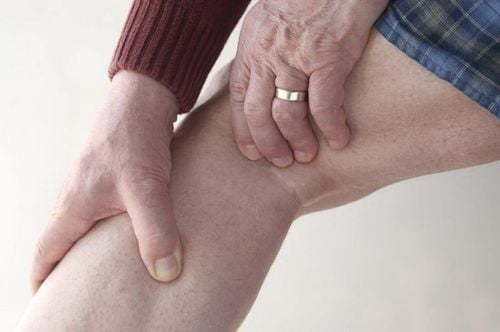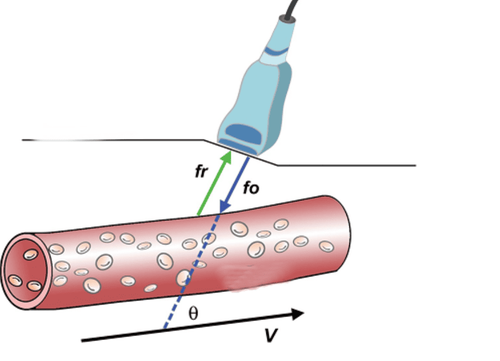This is an automatically translated article.
The article is professionally consulted by Master, Doctor Pham Van Hung - Department of Medical Examination & Internal Medicine - Vinmec Danang International General Hospital. The doctor has 30 years of experience in examination and treatment of internal diseases, especially in Cardiology.1. What is lower extremity arteritis?
Lower extremity artery disease is a pathological condition of the aorta and the arteries of the lower extremities in which the lumen of the artery is narrowed causing decreased perfusion of the muscles and related organs downstream.Muscle ischemia will lead to pain during exertion, later pain at rest and accompanied by ischemic manifestations such as dystrophy, ulceration, necrosis.
Trắc nghiệm: Bạn có hiểu đúng về huyết áp cao không?
Huyết áp cao còn được gọi là kẻ giết người thầm lặng vì bệnh thường không có triệu chứng. Thiếu hụt kiến thức về huyết áp cao có thể làm cho tình trạng bệnh trở nên trầm trọng hơn. Dưới đây là những câu hỏi trắc nghiệm vui giúp bạn hiểu đúng về bệnh cao huyết áp.2. Causes of lower extremity arteritis
The main cause of this disease is atherosclerosis. Therefore, the disease is common in the elderly and people with risk factors such as smoking, hypertension, diabetes, obesity, fat metabolism disorders, sedentary...
3. Physical symptoms
3.1. The first stage Lower limb claudication: pain and stiffness in the feet, calves, thighs or buttocks when walking, must stop to rest to be able to continue. This phenomenon reappears again with the same level of exertion, at the same distance traveled.The location of pain suggests a damaged artery:
Pain in the buttock or thigh region: iliac artery injury Calf pain: femoral-popliteal artery injury Pain in the foot: lower leg artery injury Legs Patients often lose sleep, fatigue because pain often appears at night. The patient has a burning pain or numbness, cold extremities and is relieved if the leg is slouched or standing up.
3.2. Severe stage Appears muscle atrophy, ulceration, necrosis of the toes, possibly the whole foot, accompanied by constant pain, pain medication is used but the effect is not high.
4. Diagnosis of disease
The doctor will check the pulse in the patient's groin, popliteal, and instep. If your pulse is weak or absent, your doctor will suspect lower extremity artery disease.After that, the patient will have a Doppler ultrasound of blood vessels to know the exact location, degree of stenosis, the possibility of intervention, whether to treat it medically or surgically. Also measure the difference in blood pressure between the ankle and arm to know the degree of anemia.

5. Effective treatment
The most modern and optimal treatment method today is to re-circulate the blocked artery by using angioplasty (stemming of the iliac, femoral, popliteal arteries, etc.) of the lower extremities through the skin with a catheter.The treatment of the disease often begins at a late stage with many dangerous complications because the patient will not show any symptoms when the disease first begins. If you have repeated episodes of pain, or even if you have no symptoms but have risk factors such as: being over 70 years old, over 50 years old and have a history of diabetes, obesity, high blood pressure If you smoke or smoke, you should visit a specialist to detect diseases early so that you can have an appropriate treatment plan.
Vinmec International General Hospital is one of the hospitals that not only ensures professional quality with a team of leading medical professionals, modern equipment and technology, but also stands out for its examination and consultation services. comprehensive and professional medical consultation and treatment; civilized, polite, safe and sterile medical examination and treatment space. Customers when choosing to perform tests here can be completely assured of the accuracy of test results.
Please dial HOTLINE for more information or register for an appointment HERE. Download MyVinmec app to make appointments faster and to manage your bookings easily.
The article references the source: Vietnam Society of Cardiology.













